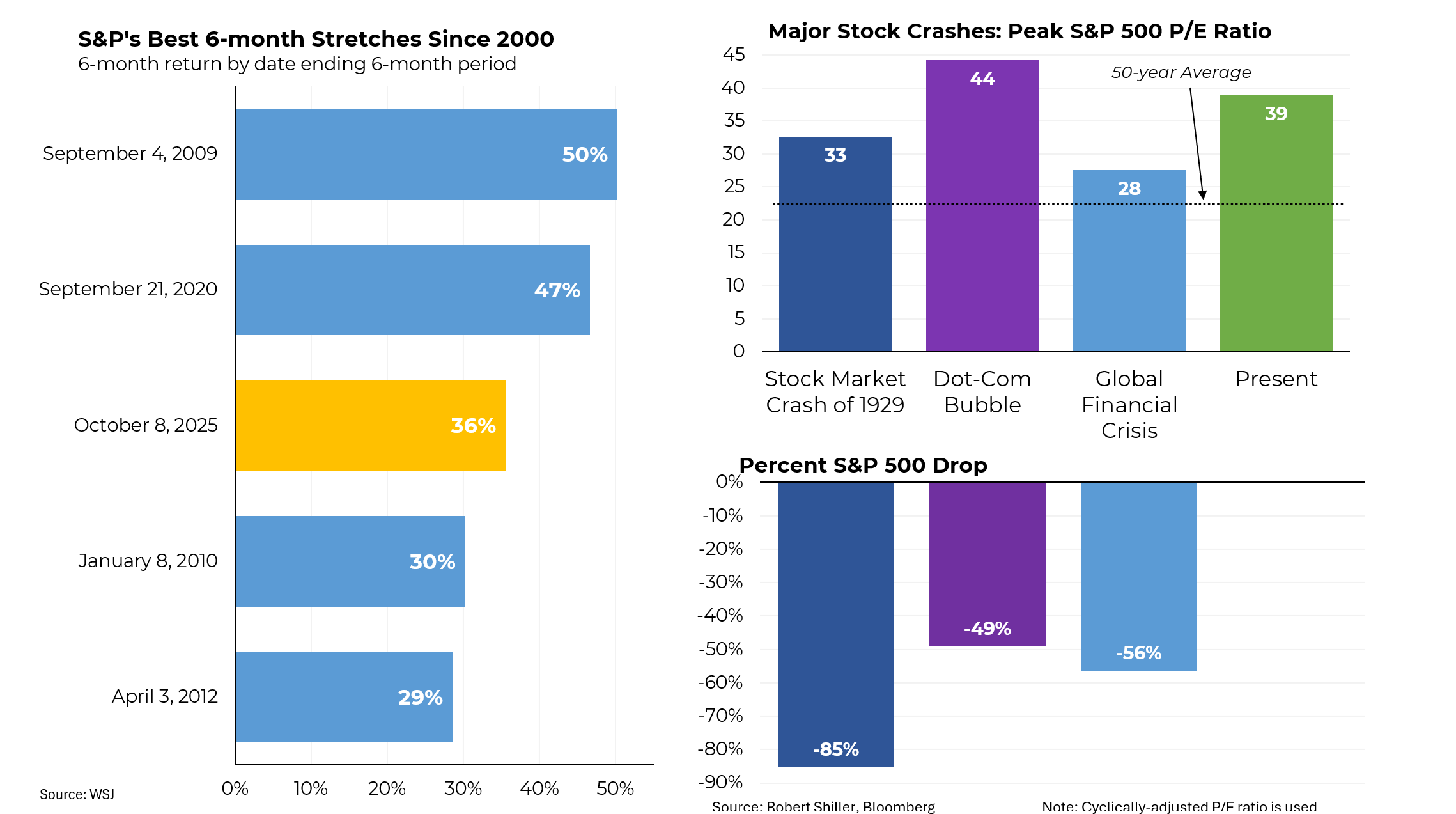Originally published in the New York Times
WE need death panels.
Well, maybe not death panels, exactly, but unless we start allocating health care resources more prudently — rationing, by its proper name — the exploding cost of Medicare will swamp the federal budget.
But in the pantheon of toxic issues — the famous “third rails” of American politics — none stands taller than overtly acknowledging that elderly Americans are not entitled to every conceivable medical procedure or pharmaceutical.
Most notably, President Obama’s estimable Affordable Care Act regrettably includes severe restrictions on any reduction in Medicare services or increase in fees to beneficiaries. In 2009, Sarah Palin’s rant about death panels even forced elimination from the bill of a provision to offer end-of-life consultations.
Now, three years on, the Republican vice-presidential nominee, Paul D. Ryan, has offered his latest ambitious plan for addressing the Medicare problem. But like Mr. Obama’s, it holds limited promise for containing the program’s escalating costs within sensible boundaries.
The Obama and Ryan plans are not without common ground; both propose an identical formula for capping the growth in Medicare spending per beneficiary. And both dip into the same toolbox (particularly lower payments to providers) to achieve a reduction of nearly $1 trillion in Medicare expenditures over the next decade from projected levels.
That’s where the agreement ends. Mr. Ryan believes that meeting the goal over the long term requires introducing more competition into Medicare through vouchers to purchase private insurance.
But Ryan’s approach was rendered toothless when the issue’s brutal politics forced him to retreat from his initial tough plan to simply cap the growth in government spending on Medicare and stick the inevitable overage onto beneficiaries. Under his revised plan, private insurers would be required to offer the same level of benefits as traditional Medicare, meaning that any savings would have to come from unidentified efficiencies (the ever-popular “waste, fraud and abuse”).
If the cap was breached — as it almost certainly would eventually be — Mr. Ryan blithely says, “Congress would be required to intervene.” Fat chance; Congress regularly does the opposite when it rolls back caps on payments to doctors and hospitals.
Meanwhile, Mr. Obama’s hopes for sustained cost containment are pinned on a to-be-determined mix of squeezing reimbursements, embracing a selection of the creative ideas that have spewed forth from health care policy wonks and scouring the globe for innovations.
To Mr. Obama’s credit, his plan has more teeth than Mr. Ryan’s; if his Independent Payment Advisory Board comes up with savings, Congress must accept either them or vote for an equivalent package. The problem is, the advisory board can’t propose reducing benefits (a k a rationing) or raising fees (another form of rationing), without which the spending target looms impossibly large.
That’s the view of the bipartisan Medicare trustees, whose 2012 report stated: “Actual future Medicare expenditures are likely to exceed the intermediate projections shown in this report, possibly by quite large amounts.”
To be sure, health care cost increases have moderated, in part because of the recession and in part because Medicare has been tightening its reimbursements. But those thumbscrews can’t be tightened forever; Medicare reimbursement rates are already well below those of private providers.
Let’s not forget that with the elderly population growing rapidly, even if cost increases for each beneficiary can be contained, Medicare would still claim a rising share of the American economy.
Medicare needs to take a cue from Willie Sutton, who reportedly said he robbed banks because that’s where the money was. The big money in Medicare is not to be found in Mr. Ryan’s competition or Mr. Obama’s innovation, but in reducing the cost of treating people in the last year of life, which consumes more than a quarter of the program’s budget.
No one wants to lose an aging parent. And with price out of the equation, it’s natural for patients and their families to try every treatment, regardless of expense or efficacy. But that imposes an enormous societal cost that few other nations have been willing to bear. Many countries whose health care systems are regularly extolled — including Canada, Australia and New Zealand — have systems for rationing care.
Take Britain, which provides universal coverage with spending at proportionately almost half of American levels. Its National Institute for Health and Clinical Excellence uses a complex quality-adjusted life year system to put an explicit value (up to about $48,000 per year) on a treatment’s ability to extend life.
At the least, the Independent Payment Advisory Board should be allowed to offer changes in services and costs. We may shrink from such stomach-wrenching choices, but they are inescapable.





